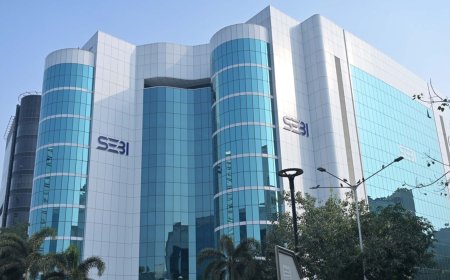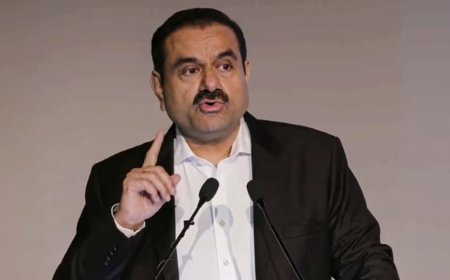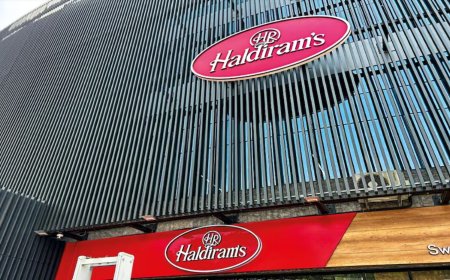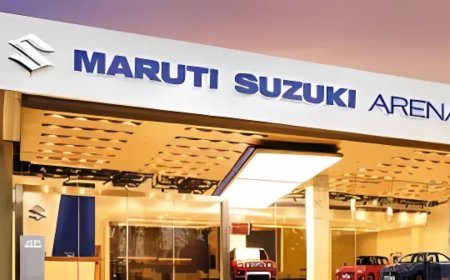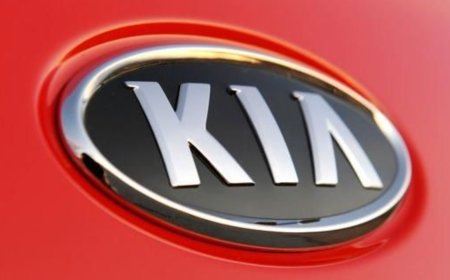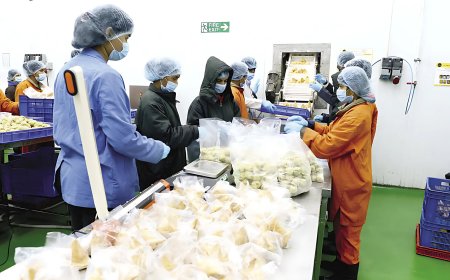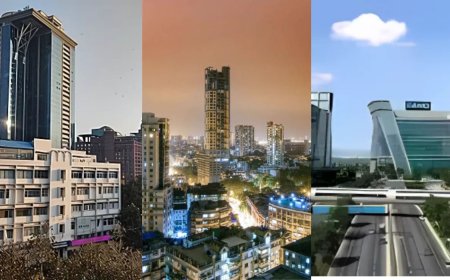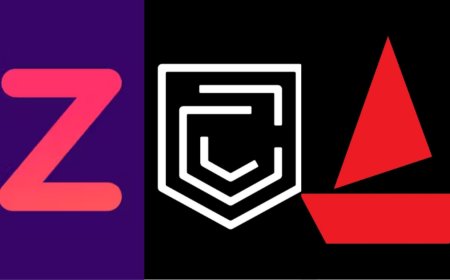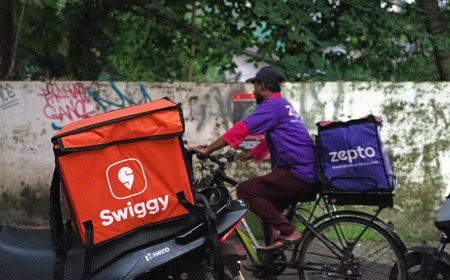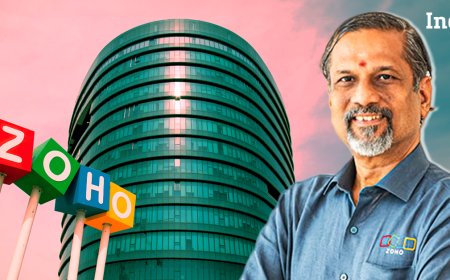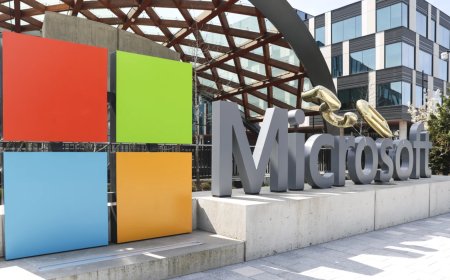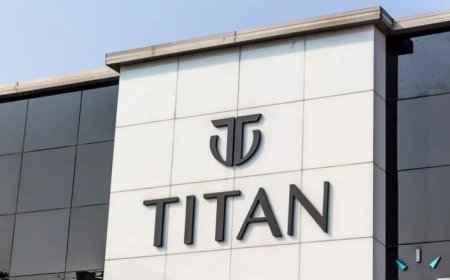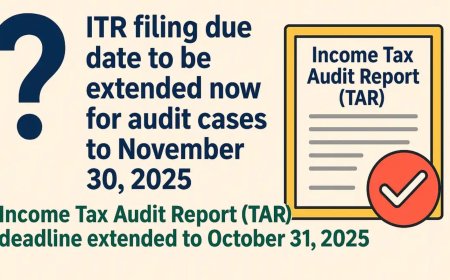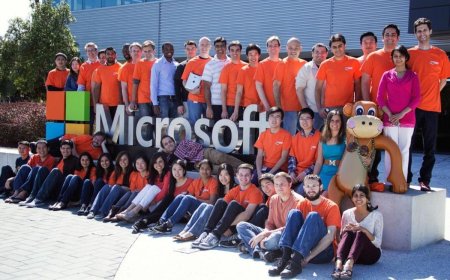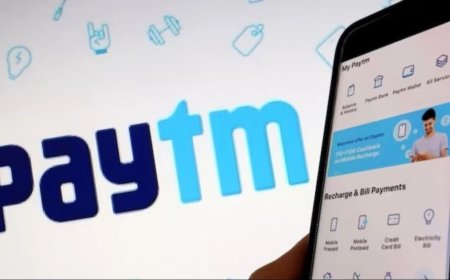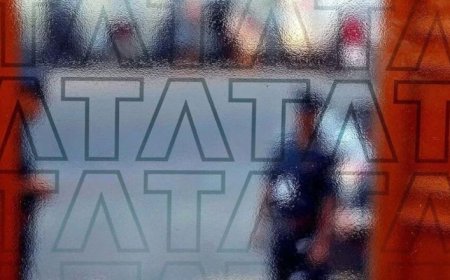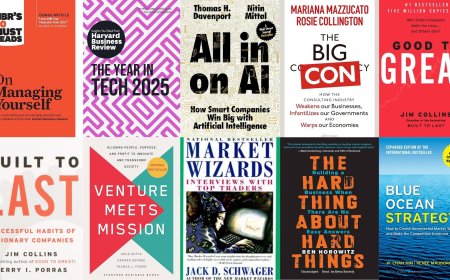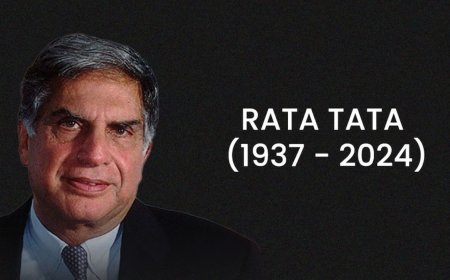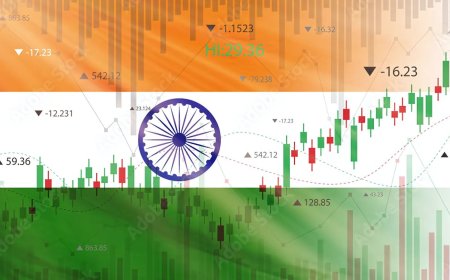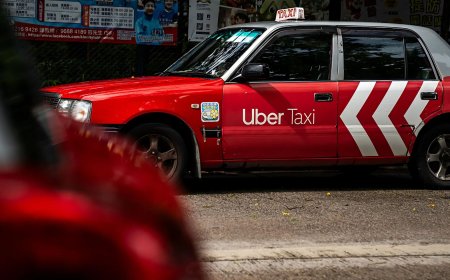The Q-Commerce Revolution: How India is Redefining Instant Retail
India’s Quick Commerce market is booming, transforming consumer habits and reshaping the e-commerce landscape with ultra-fast deliveries. This blog explores the rise, tech, key players, and future of Q-Commerce in India.

Introduction
India is currently experiencing a transformative shift in the e-commerce ecosystem through the rapid adoption of Quick Commerce (Q-Commerce) Characterized by delivery timelines as short as 10 to 30 minutes, Q-Commerce is revolutionizing the retail industry by catering to the modern consumer's need for instant gratification This evolution is not only changing how people shop but also compelling businesses to rethink logistics, warehousing, and urban planning
As major players invest heavily in technology and infrastructure, the Q-Commerce model is evolving from a convenience-based luxury to a core expectation This blog delves deep into the Q-Commerce phenomenon in India, exploring its mechanics, key players, growth drivers, challenges, and future potential
The Rise of Q-Commerce in India
Quick Commerce has moved beyond its experimental phase and is rapidly becoming mainstream in urban India Originally sparked by the COVID-19 pandemic, where consumers preferred contactless and fast delivery, the trend has now solidified into a full-blown industry
According to industry estimates, the Indian Q-Commerce market is projected to touch $5 billion by 2025, up from a mere $300 million in 2021 This meteoric growth is driven by several socio-economic and technological factors:
Increased urbanization More people are migrating to cities, leading to higher demand for convenient services Digital adoption A large percentage of the population now uses smartphones and mobile wallets, enabling seamless online shopping Younger demographics Millennials and Gen Z, who value time and convenience over cost, are driving this trend
Q-Commerce is particularly effective for high-frequency, low-ticket items like snacks, beverages, personal care products, and fresh produce
Business Model & Technology
At the core of Q-Commerce lies an agile and tech-enabled business model Unlike traditional e-commerce, which relies on large warehouses and 1-2 day delivery cycles, Q-Commerce operates on
1 Quick Commerce relies on Dark Stores Dark stores are small, strategically located warehouses that stock high-demand items These stores are not open to the public and are optimized for fast picking and packing of orders Located within residential areas, they ensure last-mile delivery in under 30 minutes
2 AI-Driven Inventory Management Artificial Intelligence and Machine Learning algorithms are used to predict demand, manage inventory levels, and reduce stock-outs These technologies help companies anticipate which products will be ordered more frequently and ensure they are always available
3 Real-Time Order Routing Orders are routed in real time to the nearest dark store with inventory availability AI also optimizes delivery paths to reduce travel time and fuel consumption
4 Geo-Tagged Delivery Fleets Delivery personnel use GPS-enabled apps that guide them via the shortest and fastest routes This ensures timely deliveries and provides real-time updates to customers
5 Mobile App Ecosystems Seamless user interfaces and payment integrations within mobile apps have become essential Users can track their orders live, avail offers, and make instant payments
Key Players in the Indian Q-Commerce Landscape
The Indian Q-Commerce space is currently dominated by a mix of startups and established conglomerates Each player brings a unique strategy to the table
1 Zepto Founded by Stanford dropouts, Zepto is known for pioneering the 10-minute delivery model in India With a strong focus on metro cities, the company has built a loyal user base by offering everything from groceries to OTC medicines
2 Blinkit formerly Grofers Now a Zomato-owned entity, Blinkit has scaled quickly by converting existing infrastructure into dark stores It has become synonymous with quick grocery deliveries in cities like Delhi-NCR, Mumbai, and Bangalore
3 Swiggy Instamart Swiggy has leveraged its food delivery network to expand into the Q-Commerce space Instamart offers a wide variety of items and has one of the fastest delivery networks in the country
4 Tata BigBasket Now As a legacy player in the grocery segment, BigBasket has introduced a quick delivery arm called BB Now Backed by the Tata Group, the platform benefits from deep supply chain expertise and a broad product catalog
Opportunities and Risks
Like any disruptive model, Q-Commerce comes with its own set of opportunities and challenges
Opportunities
Tier-2 and Tier-3 Market Penetration As infrastructure and internet access improve, Q-Commerce can expand into smaller towns and semi-urban areas Job Creation The gig economy is seeing a boost as these platforms hire thousands of delivery partners Cross-Sector Integration Q-Commerce has potential in sectors like pharmacy, electronics, and even fashion with innovations in logistics Data Monetization The massive user data collected can be used for hyper-personalized marketing and better product recommendations
Risks
Rider Safety Rapid delivery timelines can lead to overworked and unsafe driving practices among delivery personnel Operational Costs Maintaining dark stores, tech infrastructure, and a delivery fleet can eat into profit margins Thin Margins The high cost of operations coupled with deep discounts makes profitability a major challenge Environmental Impact Increased use of motor vehicles for fast delivery raises concerns about carbon emissions
The Road Ahead
The next phase of Q-Commerce in India will focus on sustainable scalability Key developments to look out for include
Drone Deliveries Several companies are experimenting with drones to further cut down delivery times Electric Delivery Vehicles To combat pollution, companies are investing in electric bikes and e-scooters AI Evolution Smarter algorithms will help refine demand forecasting, inventory planning, and delivery logistics Policy Framework Government intervention may soon regulate aspects like gig worker rights, traffic safety, and environmental standards
Conclusion
Quick Commerce is more than a trend it is a seismic shift in how Indian consumers interact with retail As this sector matures, it will require a balanced approach that blends technology with ethics, speed with sustainability, and innovation with inclusivity
For startups and investors, Q-Commerce offers immense potential but only those who can navigate its complex logistics and consumer expectations will thrive.
What's Your Reaction?
 Like
0
Like
0
 Dislike
0
Dislike
0
 Love
0
Love
0
 Funny
0
Funny
0
 Angry
0
Angry
0
 Sad
0
Sad
0
 Wow
0
Wow
0





